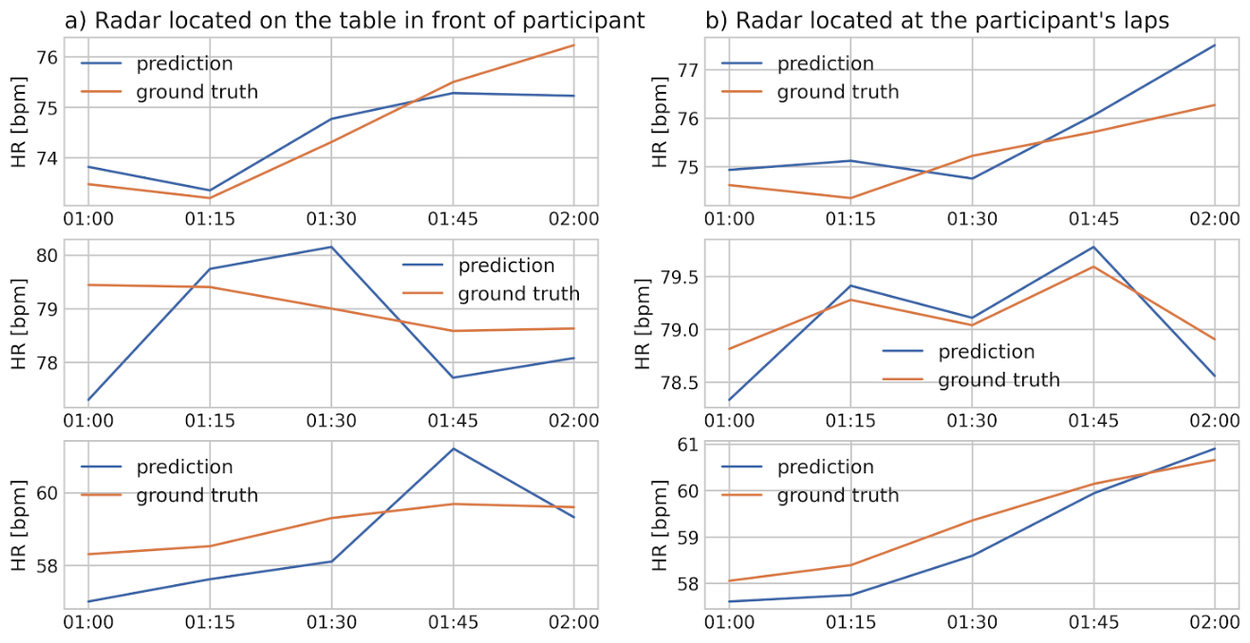Thanks to recent advances from Google Research, your smartphone or tablet may soon be able to quietly measure your heart rate with no fitness band or chest strap required! By harnessing ultra-wideband (UWB) radar technology already built into many modern devices, Google is opening the door to effortless, contactless health monitoring for everyone.
Transforming Everyday Devices with Radar
Many consumer gadgets now come equipped with sophisticated sensors aimed at enhancing wellness features. Google’s earlier use of Soli radar in the Nest Hub allowed for sleep tracking and contactless monitoring of vital signs such as heart rate and respiration.
Now, the focus has shifted to UWB radar, a technology best known for secure unlocking and item tracking, revealing its untapped potential in personal health.
The Science Behind Radar Heart Rate Detection
Contactless heart rate sensing is a complex challenge. The tiny movements of the chest from each heartbeat are often drowned out by much larger motions, like breathing.
UWB radar stands out by providing high spatial and temporal resolution, meaning it can pinpoint tiny chest wall movements and ignore background noise. This precise detection makes it possible to capture heartbeats without any physical sensors.

Transfer Learning: A Smart Shortcut
Historically, most research has focused on millimeter wave FMCW radar, supported by larger datasets and robust machine learning models.
However, UWB and FMCW use different radar principles, FMCW relies on sinusoidal wave sweeps, while UWB fires off rapid pulses. Google’s breakthrough was applying transfer learning, using knowledge and features learned from FMCW radar data to train UWB-based models. This approach bridges the gap between the two radar types, without starting from scratch.
Innovative Deep Learning Models
The research team developed a deep learning architecture designed to extract and interpret complex radar signals.
Their two-stage ResNet model first processes both spatial and temporal data, then zeros in on temporal patterns to identify heartbeats. This method cut heart rate estimation errors by half compared to previous best-in-class FMCW radar techniques.
Fine-Tuning for UWB Performance
UWB radar, with its lower range resolution and limited available training data, posed new challenges. The researchers adapted their models by pre-processing FMCW data to resemble UWB signals and then fine-tuning with real UWB data.
The result: a mean absolute error of just 4.1 beats per minute and a 6.3% mean absolute percentage error, both exceeding existing consumer standards.

Reliable in Real-World Conditions
Whether the user is lying down for sleep analysis or holding a device during daily routines, the model consistently performed well.
This flexibility indicates that contactless heart rate tracking could soon become a reliable feature in a variety of settings, tailored to real user behaviors and needs.
What This Means for Everyday Health
Bringing accurate, passive heart rate monitoring to everyday devices could significantly broaden access to health insights, reaching people who don’t use dedicated wearables.
By leveraging transfer learning and existing radar technology, Google is accelerating the integration of advanced wellness tools into mainstream consumer electronics.
The Road Ahead
This innovation sets the stage for frictionless, always-on health monitoring, using the hardware many people already carry. By minimizing the need for new data collection when adapting to new radar types, Google’s research is streamlining future development.
While real-world smartphone testing is still ahead, the groundwork for ubiquitous, contactless health tracking is now firmly in place.

Google Is Bringing Contactless Heart Rate Monitoring to Your Devices